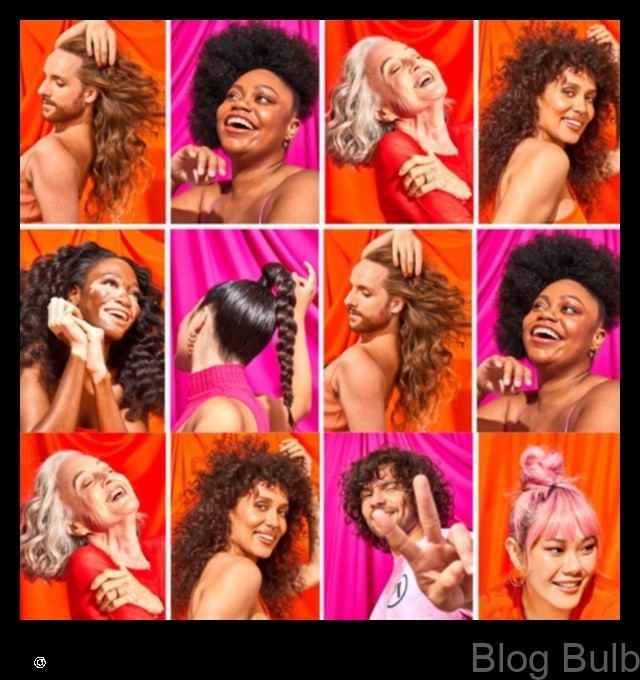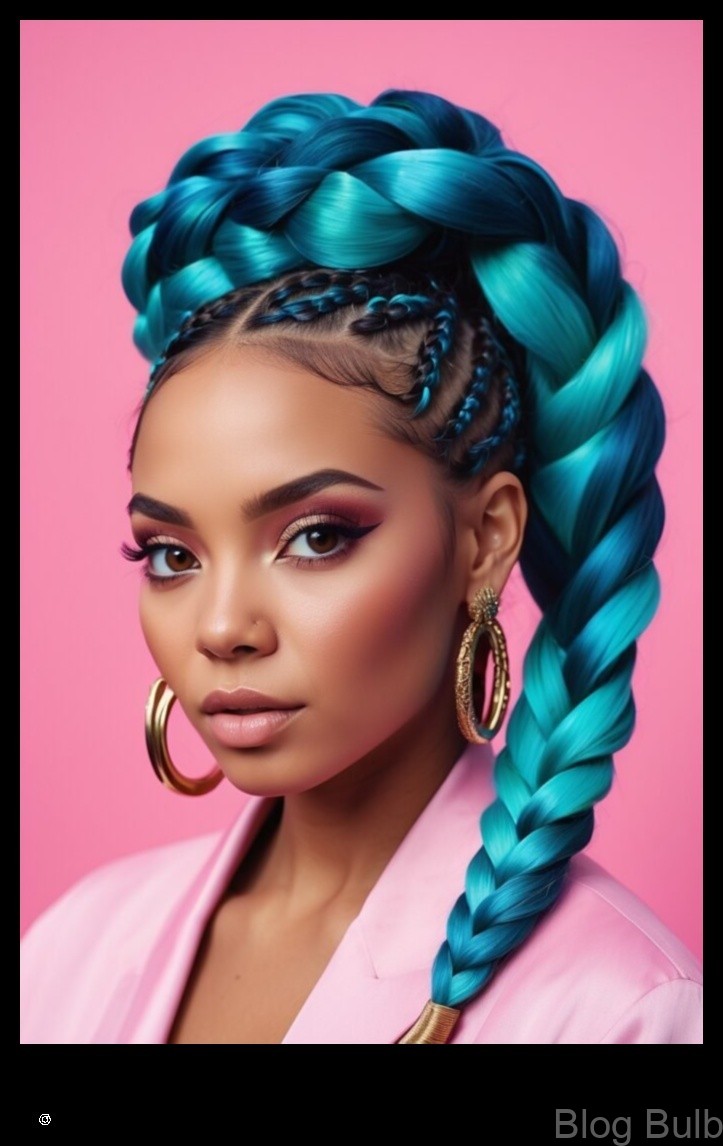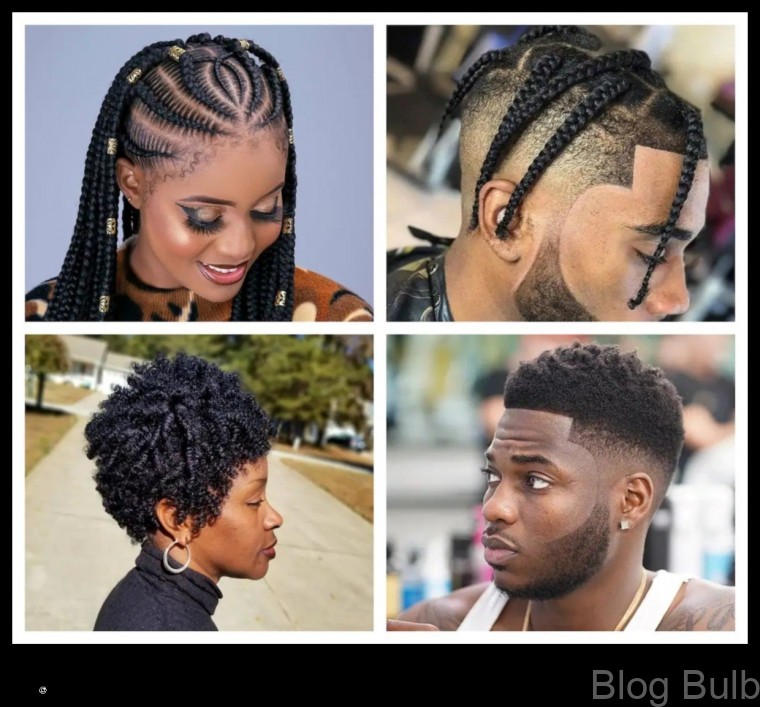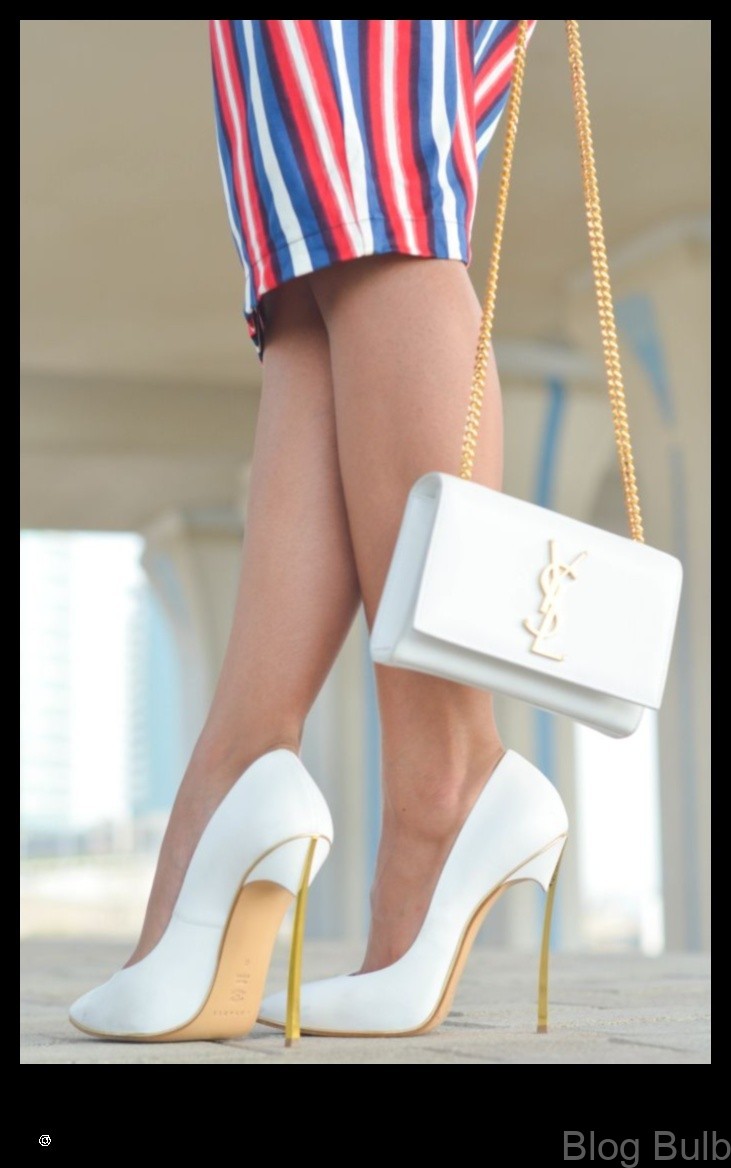
Table of Contents
Celebrating Diversity: Hairstyles for Every Hair Texture
This article will discuss the different types of hair textures, how to determine your hair texture, and how to care for and style different hair textures. We will also provide inspiration for hairstyles that flatter each hair type.
Types of Hair Texture
There are many different types of hair textures, but they can generally be grouped into four categories:
- Straight hair
- Wavy hair
- Curly hair
- Kinky hair
The type of hair texture you have is determined by genetics, but it can also be influenced by factors such as climate, diet, and hair care practices.
How to Determine Your Hair Texture
There are a few ways to determine your hair texture. One way is to look at the way your hair grows. Straight hair grows straight out from the scalp, wavy hair has a slight wave to it, curly hair has a pronounced curl, and kinky hair is tightly coiled.
Another way to determine your hair texture is to feel your hair. Straight hair feels smooth and silky, wavy hair feels a little more textured, curly hair feels even more textured, and kinky hair feels very textured.
Finally, you can also determine your hair texture by looking at how it behaves when you style it. Straight hair will stay straight when you style it, wavy hair will hold a wave, curly hair will hold a curl, and kinky hair will hold a kink.
Benefits of Knowing Your Hair Texture
Knowing your hair texture can help you to choose the right hair care products and styling techniques for your hair type. This will help you to keep your hair healthy and looking its best.
Additionally, knowing your hair texture can help you to find hairstyles that flatter your hair type. This will help you to feel more confident and stylish.
How to Care for Different Hair Textures
The best way to care for your hair is to use products and styling techniques that are specifically designed for your hair type.
For straight hair, you will want to use a gentle shampoo and conditioner that will not weigh your hair down. You can also use a leave-in conditioner to help keep your hair hydrated.
For wavy hair, you will want to use a shampoo and conditioner that will help to define your waves. You can also use a styling cream or mousse to help keep your waves in place.
For curly hair, you will want to use a shampoo and conditioner that is designed for curly hair. You can also use a styling gel or cream to help define your curls and keep them from frizzing.
For kinky hair, you will want to use a shampoo and conditioner that is designed for kinky hair. You can also use a styling oil or butter to help moisturize your hair and keep it from becoming dry and damaged.
Common Hair Texture Problems
There are a few common hair texture problems that people with different hair types may experience. These include:
- Dryness
- Frizz
- Damage
- Tangling
There are a number of things you can do to help
| Hair Texture | Hairstyles |
|---|---|
| Fine |
|
| Medium |
|
| Thick |
|
| Curly |
|
| Natural |
|

II. Types of Hair Texture
There are many different types of hair textures, each with its own unique characteristics. The most common hair textures are:
- Straight hair
- Wavy hair
- Curly hair
- Coiled hair
- Knotted hair
Your hair texture is determined by a combination of factors, including your genetics, your ethnicity, and the climate where you live.
Types of Hair Texture
II. Types of Hair Texture
There are many different types of hair textures, each with its own unique characteristics. The most common types of hair textures include:
- Straight hair
- Wavy hair
- Curly hair
- Coiled hair
- Textured hair
The type of hair texture you have is determined by a combination of genetics and environmental factors. Your hair texture can also change over time, due to hormonal changes, styling habits, and other factors.
It’s important to know your hair texture so that you can care for it properly and style it in a way that flatters your features.
How to Care for Different Hair Textures
There are a few different things you can do to care for different hair textures. Here are some tips:
- Use a gentle shampoo and conditioner that is specifically designed for your hair type.
- Avoid using hot tools on your hair as much as possible.
- When you do use heat styling tools, use a heat protectant spray to protect your hair from damage.
- Deep condition your hair regularly to help keep it moisturized.
- Style your hair in a way that is flattering to your hair type.
For more specific tips on how to care for your hair texture, you can talk to your hair stylist or a dermatologist.

VI. Common Hair Texture Problems
There are a number of common hair texture problems that people may experience. These include:
- Dryness
- Brittleness
- Frizz
- Tangling
- Damage
These problems can be caused by a variety of factors, including:
- Genetics
- Environmental factors
- Chemical treatments
- Styling choices
It is important to find ways to manage these problems in order to keep your hair healthy and looking its best.
Some tips for managing common hair texture problems include:
- Using a gentle, sulfate-free shampoo and conditioner
- Applying a leave-in conditioner or oil to your hair after washing
- Styling your hair with heat protectant products
- Using a wide-toothed comb to detangle your hair
- Getting regular trims
If you are struggling with severe hair texture problems, you may want to consult with a hair stylist or dermatologist for additional advice.
VII. How to Style Different Hair Textures
There are many different ways to style hair, depending on the hair texture. Here are a few tips for styling different hair textures:
- For curly hair, use a leave-in conditioner or curl cream to define and moisturize your curls. You can also use a diffuser to dry your hair, which will help to create a more defined curl pattern.
- For straight hair, use a heat protectant spray before using a blow dryer or curling iron. This will help to protect your hair from damage. You can also use a straightening brush or flat iron to achieve a sleek, straight style.
- For wavy hair, use a volumizing mousse or spray to add texture and lift to your hair. You can also use a curling iron or wand to create waves or curls.
- For textured hair, use a texturizing product to add definition and volume to your hair. You can also use a pick or comb to tousle your hair for a more natural look.
Once you have styled your hair, be sure to use a hairspray or other styling product to hold your style in place.
Hair Texture Trends
The latest hair texture trends are all about embracing your natural hair and finding a style that flatters your unique look. Here are a few of the top trends to watch for in 2023:
- Curly hair is back in a big way! This season, we’re seeing lots of loose, bouncy curls that are both stylish and easy to maintain.
- Natural hair is also on-trend, with textured styles like braids, twists, and dreadlocks being popular choices.
- Wavy hair is also having a moment, with beach waves and tousled curls being all the rage.
- Straight hair is still a classic option, but it’s being styled in more modern ways, such as with blunt bangs or a deep side part.
No matter what your hair texture, there’s a trend out there for you. So experiment with different styles until you find one that you love and that makes you feel confident.
IX. Celebrity Hair Texture Inspiration
There are many celebrities who have beautiful and unique hair textures. Here are a few of our favorites:
- Lupita Nyong’o: Lupita has beautiful, natural hair that she often wears in a variety of styles. She is a great example of how to wear curly hair with confidence.
- Zendaya: Zendaya has always been known for her amazing hair. She has experimented with many different styles, from short and sleek to long and curly.
- Adele: Adele has a thick, wavy hair that she often wears in a tousled style. She is a great example of how to wear wavy hair with style.
- Rihanna: Rihanna has always been known for her bold and daring hair choices. She has rocked everything from bright colors to short cuts.
- Beyoncé: Beyoncé has beautiful, thick hair that she often wears in a variety of styles. She is a great example of how to wear natural hair with confidence.
These are just a few of the many celebrities who have beautiful and unique hair textures. By looking to these celebrities for inspiration, you can find ways to wear your own hair with confidence and style.
X. FAQ
Q: What is hair texture?
A: Hair texture refers to the way your hair curls, waves, or lays flat. There are many different hair textures, and each one is unique.
Q: How do I determine my hair texture?
A: There are a few ways to determine your hair texture. One way is to look at the way your hair grows out of your head. If your hair grows in a straight line, you have straight hair. If your hair grows in a wave pattern, you have wavy hair. If your hair grows in a tight curl pattern, you have curly hair.
Q: What are the benefits of knowing your hair texture?
There are many benefits to knowing your hair texture. Knowing your hair texture can help you choose the right products and styling techniques for your hair. It can also help you avoid damaging your hair.
Maybe You Like Them Too
- How to Detangle Curly Hair Without Damaging It
- Sole Mates A Guide to Finding the Perfect Shoes for Every Outfit
- Beauty Beyond Borders When Fashion and Makeup Collide
- 50 Chic Wedding Hairstyles for the Modern Bridesmaid
- The Best Shampoos for Hair Extensions A Guide to Keeping Your Extensions Healthy



